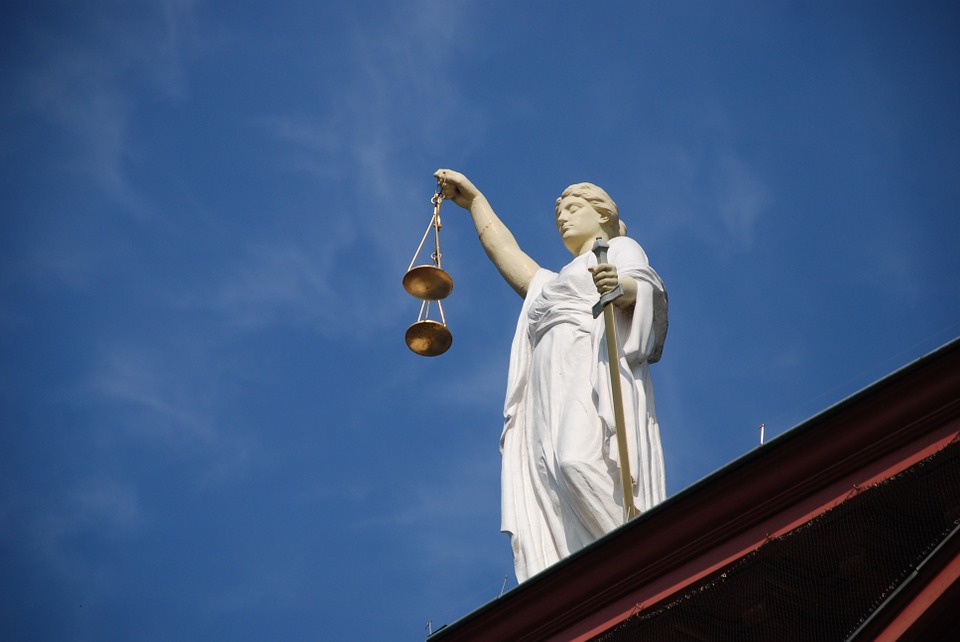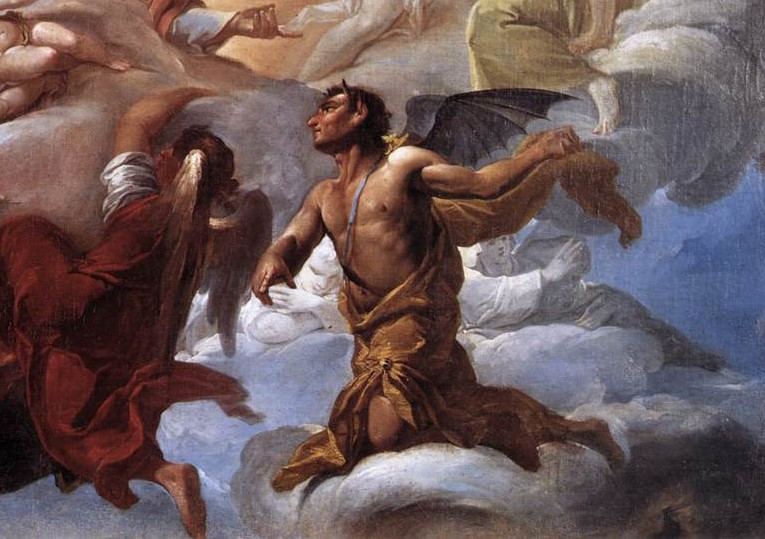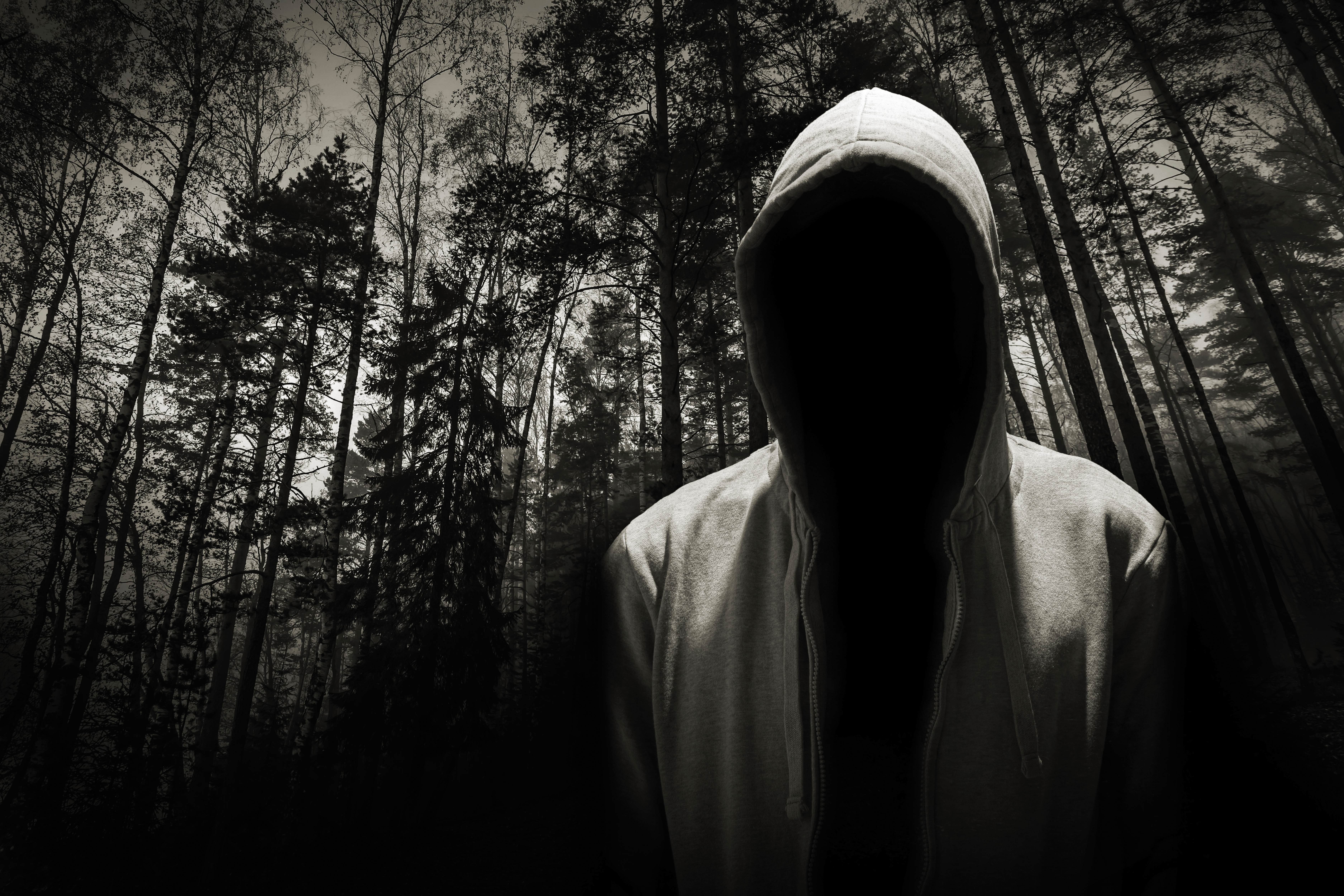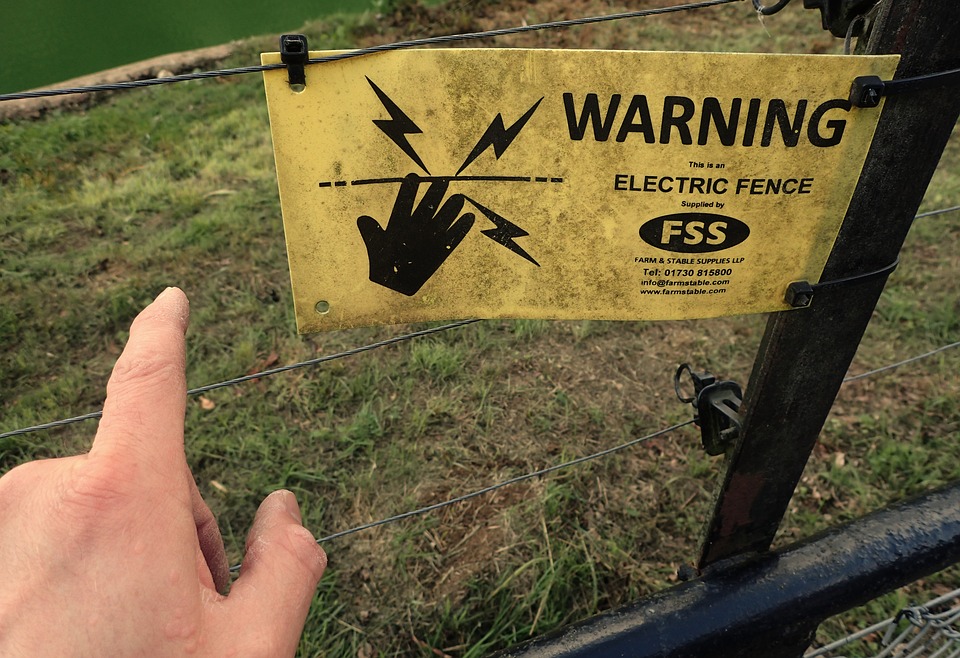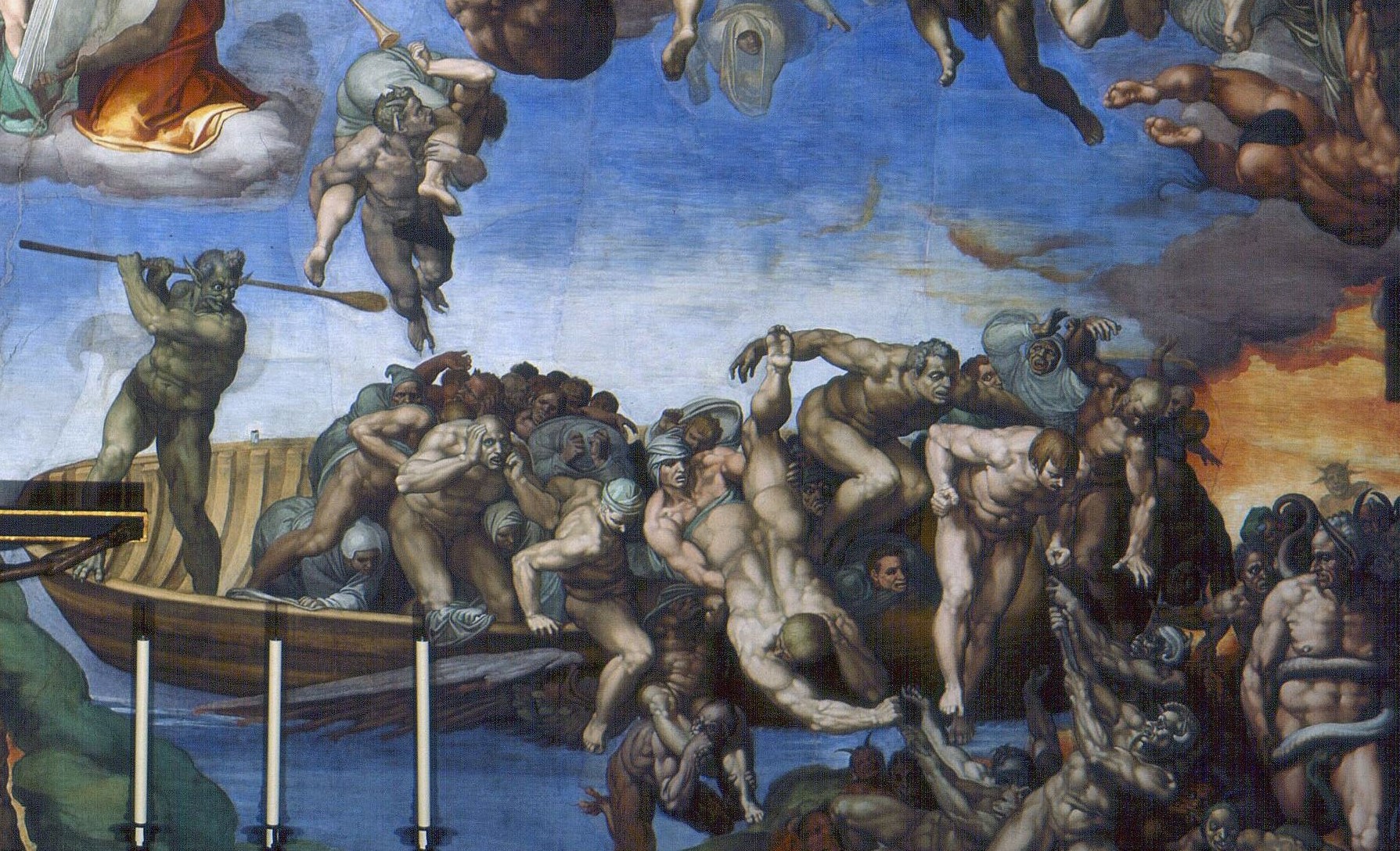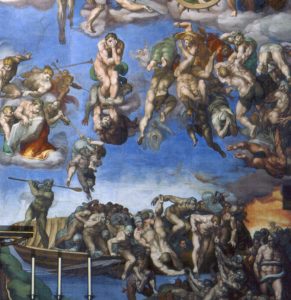In early September, I was summoned to serve on a criminal grand jury here in Washington, D.C. through mid-October. It was difficult and emotionally draining work; I frequently wondered why the Lord would permit such a huge addition to my already overwhelming schedule. When I complained to Him, all I got back was that He wanted me to see something.
Many expressed their surprise that a priest would be compelled to serve. Frankly, as a clergyman, I fully expected to be dismissed. As I discovered, however, grand juries are quite different from petit juries, from which priests, religious, and other sorts of people who might sway fellow jurors are often dismissed. Very few occupations (e.g., active duty military personnel) are exempted from serving on a grand jury.
As that morning unfolded, I began to realize I wasn’t going to escape this time. By noon it became clear that I was going to have to serve not just for one day or one trial but every weekday for the next five weeks, from nine to five. Don’t expect to be called and told not to come in, they warned us, because there’s just too much work to be done; you’ll be reviewing evidence on over forty cases. I didn’t think it was possible for me to get any busier, but I just had. Twenty-three of us were sworn in and marched over to the grand jury room. Suddenly, my tightly scheduled calendar was thrown into complete disarray. My staff was shocked; they were bewildered by all the implications of a pastor being essentially unreachable every working day during normal business hours.
What is a grand jury? Grand juries are called “grand” because they are typically composed of more members than are petit juries. In our jurisdiction, a grand jury has 23 members, with 16 required for a quorum. Petit juries are typically composed of 12 jurors and two alternates. Another difference is that grand juries do not determine guilt or innocence; rather, they examine the evidence and decide whether there is “probable cause” for it to proceed to trial. In effect, grand juries exist as a kind of buffer, protecting citizens from overly aggressive prosecution. If the jury finds that sufficient evidence exists in relation to the charge(s), it returns an indictment. If not, it issues an “ignoramus” (meaning “we are ignorant” or “we don’t know”).
I was not fully prepared for what the Lord wanted me to see. Indeed, I found myself peering into a deep, deep darkness. In the midst of it, though, I also saw light.
As for the darkness, it was very dark. In our jurisdiction there are five grand juries seated and working at any given time. I was assigned to the one focused on the very worst kinds of cases: first degree murder, assault with intent to kill, assault with a deadly weapon, negligent homicide, armed robbery, kidnapping, and aggravated rape. I am not permitted to reveal any details, but I can say that those details are now written deeply in my heart. On many evenings, after hearing testimony and viewing evidence all day, I went into the rectory chapel and wept. So many of the killings and attacks considered by such grand juries are brutal and cold-blooded, not acts committed in the heat of a passion but rather planned and vengeful. Serving on one, I wondered how people could have the capacity to be so cruel to fellow human beings. I don’t know how some of the victims could ever really recover. All I could do was to sigh inwardly and pray as we saw the evidence and heard the victims testify.
Another thing that both surprised me and added to my sorrow was to discover that in so many incidents there is significant video evidence – sometimes of the very crime itself being committed. It is clear to me now that there are video cameras just about everywhere. It is one thing to see a violent crime “committed” in a movie, but quite another to watch a real one. It is impossible for me to drive past certain locations in this city now and not feel a solemn reverence for what I know happened there. May God have mercy on the victims, many dead, but some still living though forever changed. May God also have mercy on the perpetrators, who somehow lost their way in a world of darkness, evil, and hopelessness that so often sets up in the poorest areas of the city.
When God told me that He wanted me to see something, I thought that I had seen it before. As pastor of St. Thomas More parish in Ward 8, I spent eight years living in one of D.C.’s poorest neighborhoods. Even there, however, I was surrounded with a loving, supportive parish family. During that time there were two murders on our parish grounds (one by stabbing, the other by shooting), but we were able to come together and heal. We even responded by building a five-million-dollar community center to try to get kids off the streets and away from gangs.
But this was different. I think it was both the sheer number of violent cases and the “up-close” experience of them through video footage and witness testimony. Although I was surrounded by the other grand jurors, the mandated secrecy outside the jury room meant that we could only discuss things within the formal setting.
Doxology
You told me, Lord, that you wanted me to see something. I did indeed see it. I am now more mindful to pray and offer Masses for what I saw. I am not sure what to do about all the situations that lead to the kinds of crimes we investigated, but I am more aware of the burdens that others carry and the things they suffer, particularly in areas of this city where there is frequent disorder and violent crime. What You had me see weighs heavily on me, but You, O Lord, surely carried the heaviest burden of all when, dying on the cross, the full horror of every sin ever committed or to be committed, including my own, flashed before You and increased Your pain. Thank You, Lord Jesus, for what You endured. I carry only a sliver of the cross You bore; I have seen and know a minuscule fraction of what You do. I can only be more grateful for what You did for us on that dreadful hill of Golgotha, where the full fury of our anger and inhumanity was violently unleashed upon You. I am grateful for Your mercy, Lord, so grateful. We need it more than ever.
I wrote above that I also saw light – in a place I did not expect. More on that in tomorrow’s post.
Cross-posted at the Catholic Standard: What I Saw While Serving on a Grand Jury

